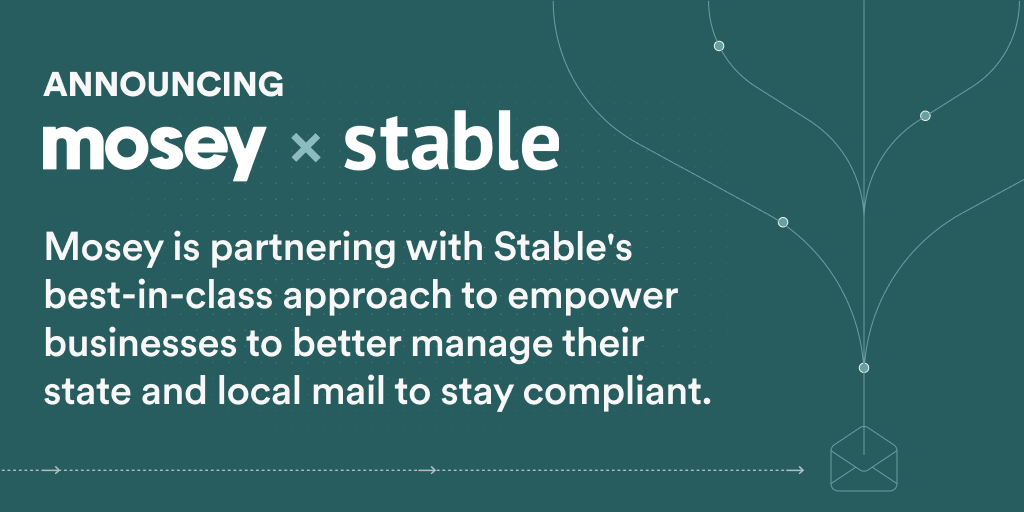If you are an employer in Lakeview, Ohio, it is important to be aware of the local payroll tax requirements for businesses operating in the city. These requirements may include registering your business with the city and withholding a certain percentage of your employees' wages for local taxes.
How to Register for Payroll Tax in Lakeview
Lakeview, Ohio Local Withholding Tax Setup for LLC, Professional Corporation, LLP, Corporation
Employers must register to withhold income tax from the qualifying wages of employees working within the Village of Lakeview, even if they are remote. Note: The City of St. Marys Department of Taxation administers income tax for the Village of Lakeview. Employers may elect to withhold tax for their employees' city of residence if the employees work in an area where there is no tax or the tax is lower than in the employees' city of residence. This practice is known as "courtesy withholding."
- Complete an Application For Withholding Tax Account
Complete an Application For Withholding Tax Account.
- File Your Application For Withholding Tax Account
File your completed Lakeview Application For Withholding Tax Account with the City of St. Marys Department of Taxation by email.
- Add Municipality to Your Ohio Business Gateway Account
Log in to your Ohio Business Gateway account and add the Village of Lakeview as a new tax jurisdiction to report and pay the local withholding tax online.
Documents and Resources
- Village of Lakeview Income Tax Regulations - City of St. Marys Department of Taxation
- Forms - City of St. Marys Department of Taxation
- Village of Lakeview Ordinance - City of St. Marys Department of Taxation




